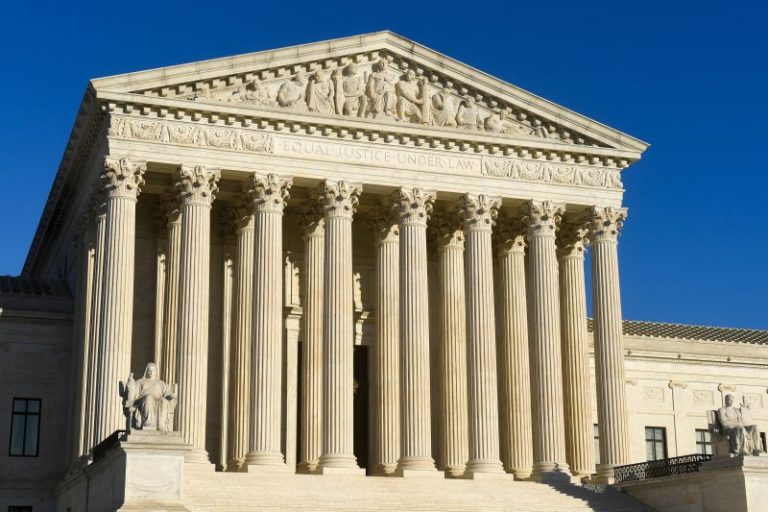In a recent decision, the U.S. Supreme Court maintained the block on President Biden’s new Title IX regulations in certain states, marking a significant development in the ongoing legal battle over the controversial rules. Title IX, a federal civil rights law that prohibits sex-based discrimination in education programs, has been a subject of intense debate and scrutiny, with various stakeholders voicing different concerns and perspectives on how it should be interpreted and enforced.
The Supreme Court’s decision to uphold the block on the Biden administration’s Title IX regulations in some states comes after a lower court injunction halted the implementation of the rules. The regulations, which were aimed at addressing issues related to sexual harassment and assault on college campuses, were met with both support and criticism from different quarters.
One of the key points of contention surrounding the new regulations is the issue of due process rights for those accused of sexual misconduct. Critics of the regulations argue that the new rules undermine the rights of the accused by making it easier for colleges and universities to discipline students accused of sexual assault without affording them adequate due process. On the other hand, supporters of the regulations argue that the changes are necessary to provide better protection for victims of sexual harassment and assault and to hold institutions accountable for how they handle these cases.
The legal battle over the Biden administration’s Title IX regulations reflects the broader societal debate about how best to address issues of sexual harassment and assault on college campuses and beyond. While there is a general consensus that more needs to be done to prevent and respond to these incidents, there is sharp disagreement over the specific policy measures that should be adopted to achieve these goals.
The Supreme Court’s decision to maintain the block on the new Title IX regulations in certain states underscores the complexity and contentious nature of the issues at stake. As the legal battle continues to unfold, it is likely that further challenges and debates will arise, leading to important insights and developments in the ongoing efforts to address sexual harassment and assault in educational settings. Ultimately, finding a balance between protecting the rights of all individuals involved and ensuring a fair and effective process for addressing allegations of sexual misconduct will remain a central challenge for policymakers, educators, and advocates in the years to come.



